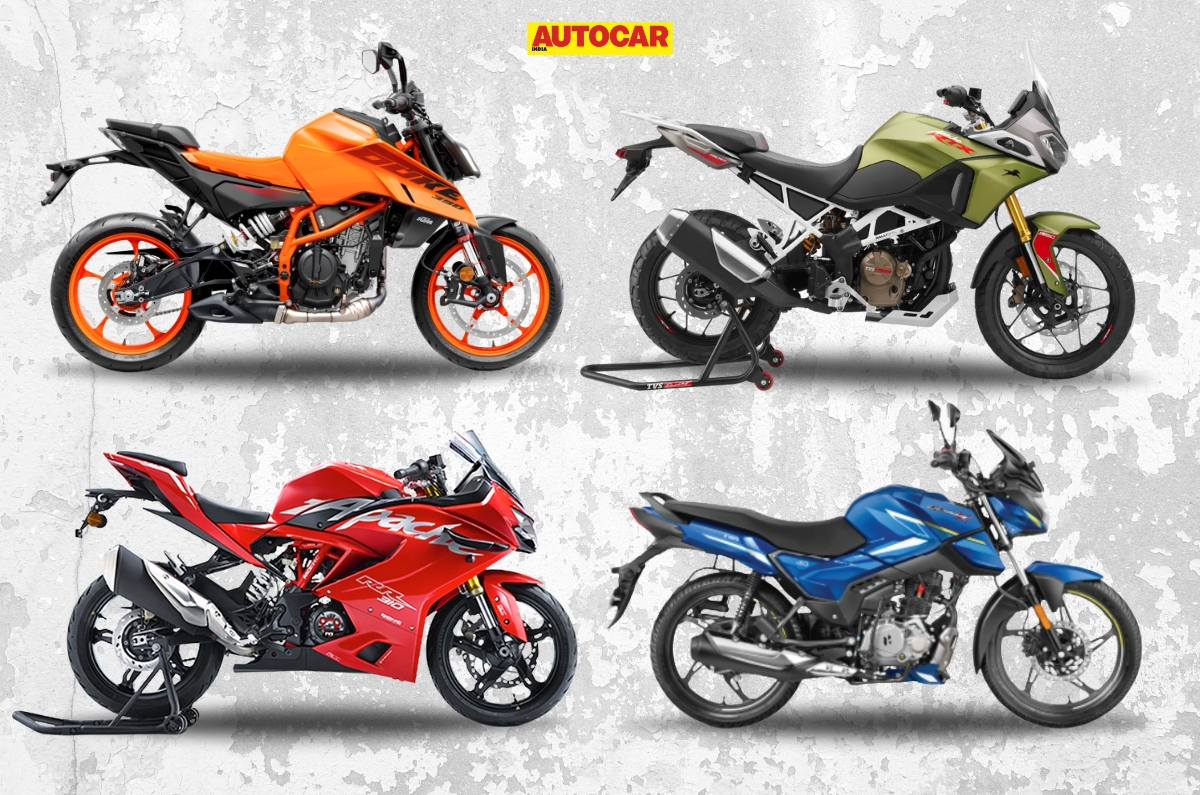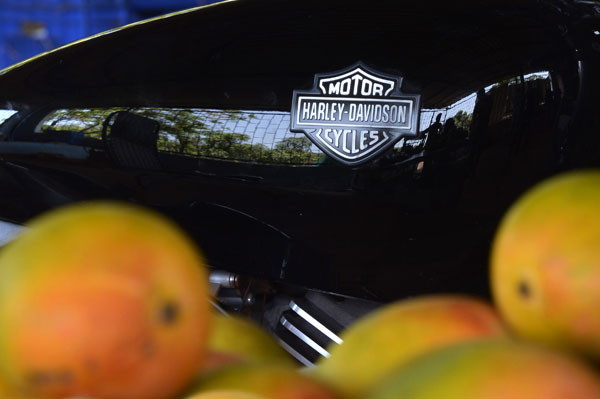To be honest, when I first heard of Mustang in relation with Nepal, Steve McQueen came to my mind. You know the train of thought…Bullitt, car chase, Mustang! I have always prided myself that geography was one of my strong subjects in secondary school and this was a rude awakening.
A little bit of redemption was that when I first heard of it, it was pronounced wrong. You see Mustang in context of Nepal is actually pronounced ‘Moostaang’, which itself is an anglicised version of ‘Manthang’.
Upper Mustang is a municipality in Nepal hidden away in the Northern Himalaya and in this municipality lies the ancient Forbidden Kingdom of Lo, the northern most of five districts in Upper Mustang and wedged in a valley just 20km from the Tibetan border. It’s difficult to access and the harsh journey to get to it has fuelled lore since times of yore. Legends, festivals and superstitions have all been associated with this little walled city.

Just to clarify nomenclature, Lo is the city in the district of Manthang, and it is often uttered as Lo Manthang. You know how we often say Leh Ladakh for the city of Leh in the district of Ladakh? You get it now?
When Royal Enfield invited me for their Himalayan Adventure Mustang, a ride from Pokhara to Lo, in the interest of being absolutely honest, I wasn’t very enthusiastic about it.
Because let’s face it, all this off-road and technical riding doesn’t set me salivating at the prospect of waging war with rocks and rubble, sand and slush and elevation and rain. Give me smooth tarmac, lofty snow-capped mountain views and blue skies instead, and my eyes will shine with excitement.
So then why did I go? Firstly it’s the Himalaya and, clichéd as it may sound, they’ve been calling me since 1996 and every time I have answered that call, it has never been spam! Secondly, even though I am an amateur on dirt and unsealed roads, the Himalayan makes me feel like a bit of an ace. I talk from previous experience on atrocious terrain in Nepal and Zanskar. Its comforting assurance and tractor like metered torque has always got me through unscathed and pleasantly surprised – in hindsight – about my dexterity on dirt.

And finally, I found out that riding with me on this adventure would be some old rogues who are a riot. Arjay, with whom I’ve had great conversations under the Milky Way in Zanskar, Kartik with whom I ride to breakfast almost every weekend, Santhosh with whom I raised a toast with a dram of 16-year-old Lagavulin in full view of Mount Everest in Rongbuk, and my friend Siddharth, the most ardent Himalayan enthusiast from Bhopal who also rode with me to the Everest Base Camp, Rongbuk, Tibet.
It was this alluring assortment of homies, the Himalaya and the Himalayan that had me accepting RE’s invitation to ride to the Forbidden Kingdom of Lo.

So it came to be that one cloudy afternoon I was sitting sipping Illy coffee in Kalopani, 125km away from Pokhara, with this bunch. My riding pants were caked with dried mud and every muscle in my body ached.
It had started off tidy enough from Pokhara with six-lane satiny tarmac and a bright blue sky. The aforementioned tarmac only lasted about 65km, after which our route to Kalopani climbed into the mountains on a road whose texture was more akin to hemp rope.
“Here we go,” I said to myself as I splashed through the first water crossing. I managed to navigate irregularities that the road threw at me at regular intervals with relative ease and, might I say, a fair amount of grace. The one instance of ungainliness was at Beni.
I had just crossed the bridge across the Kali Gandaki River and turned right on the opposite bank, and I rode straight into a spot of slush that had the gooeyness of gruel.

It grabbed my front wheel with a tenacity that surpassed the stopping power of the front disc and the next thing I knew is that the rear end swung out and projected me off the seat and plopped me prone into the porridge. After some clumsy calisthenics to sit up and stand up and free myself from the gooey grime’s grip, which was almost amorous, I endeavoured to pull out my motorcycle from the slush. The latter grudgingly let it go, making sounds like the burble and squeak of a ‘Delhi belly’. I climbed onto it and carried on as the applause of the sadistic content crew who had been recording my misery. They pray for moments like this to add variety to their videos.
Now at Kalopani, my pine green Himalayan stood like the blacksheep of the parking corral, caked with dried mud as we sat and swapped motorcycling tales. Santhosh, who’s been on this road before, was pointing at the dense cloudbank and asking us to imagine the Annapurna peak behind it, because “it is there!” he said solemnly, echoing George Mallory.

Word was that the road ahead is much better than what it used to be with large sections of tarmac already laid. The group emitted a collective groan, unhappy that that there would be that much less off-roading. I, on the other hand, sent heartfelt thanks to the heavens above for this deliverance.
But unfortunately, the next day, the heavens poured down on my piety because I woke up to rain. Within 10 minutes of starting off, water was making inroads into the seat of my pants. After two kilometres, I gave up trying to avoid puddles in the pointless effort of trying to keep my shoes dry because the entire road was pockmarked with potholes that were little ponds of rain. My worry was that in the struggle to swerve to avoid them I might end up face down in one of them. My Himalayan’s front wheel directed water straight to my legs when I hit a puddle. Ahead of me Kartik’s Himalayan’s rear wheel sent cubits of water straight to my face when he joyously splashed through a puddle. Thanks to all this, by the time we reached Marpha – 21 clicks away – I was drenched from head to toe. Here, Arjay, who was the sweep of the group, used his negotiation skills to secure petrol for Nepali Rs 200 a litre from one of the kirana stores that also sold petrol in black. Tanks topped up, we soldiered on. My one ray of hope in this gloomy weather was that once we crossed Kagbeni, about 18 kilometres away, we’d enter the rain shadow area and the weather would clear.

It was on this section between Marpha and Kagbeni that fresh tarmac has been laid in portions, and on these, I could wrench open the throttle of the Himalayan and push it close to 100kph. Even at an altitude of 9,000 feet above sea level, the BS6 Himalayan that I was riding didn’t seem to pant and its acceleration was enthusiastic. Rain had rinsed the tarmac of all dust and grime and friction was on friendly terms with my motorcycle’s Ceat Gripp XL tyres, so I could lean it hard into corners.
Beyond Kagbeni, the road became such a joke that even Google Maps didn’t acknowledge it. We were now in the rain shadow area, and though the rain had stopped, the road was atrocious. I have no ignominy in saying that I had my work cut out in keeping the motorcycle the right way up. I was constantly giving virtual salutes to the other riders in the group who were gunning their Himalayans over that terrible terrain with consummate ease; never mind that we were riding along the world’s deepest gorge. The one thing I noticed was that they were all standing on foot pegs while doing this. I did the same, and like magic, it all became far simpler. I could shift weight on the foot pegs using them like rudder pedals to steer the bike a bit, and this made all the difference in finding the reasonably smoothest path.

Kagbeni to Lo is prone to landslides, and road building is a mammoth task here because this is an area of an ongoing geographic upheaval. It is here that millions of years ago the Indian subcontinent clashed with the Tibetan plateau causing a crumple zone that gave rise to the Himalayan Range. The Indian plate continues to move north at the rate of 2cm every year causing the Himalaya to grow taller by 5mm annually.

In fact, the riverbed of the Kali Gandaki River – alongside which we were riding – is older than the Himalaya. This is why when we stopped for lunch and I went for a wander, I chanced upon a heart-shaped rock, which, when I cracked open, had the fossil of an ammonite curled up inside it. The dhaba owner solemnly told me that these fossils were believed to be an avatar of Vishnu and it is unlucky to crack them open. Aghast, I thought of the tough road that lay ahead and hastily put the rock together again and wrapped a rubber band around it, all the time hoping for divine benevolence.
It seemed to work because the road to the walled city of Lo was fraught with rocks and large sections of fine sand called fesh-fesh, and over all this I managed to keep it tidy without a single tumble. It was while battling gravity on a steep incline through powdery sand, with my motorcycle ploughing through without a sputter, that I once again admired how well the Himalayan suits the purpose of traversing through terrain in the mountains that it has been named after.

This ride was timed such that we’d be in Lo Manthang for the Tiji Festival – a three-day celebration also known as “the ridding of demons”. The festival entailed a lot of colourful costumes, dramatic masks and stomping dance moves to the accompaniment of drums and those long brass Tibetan horns called dungchens whose sound has been described as the singing of elephants.
It was a good three-day chill in Lo taking in all this friendly brouhaha, mingling with tourists, and relishing momos, beef chilly fry and, best of all, the lovely coffee that Dicky, the barista, brewed at the Lotus House Café.

My ride back was easier because we leisurely rode what we had covered in two days on the ride up, in four days. My favourite stop here was the hamlet of Samar – a village with a clutch of simple and clean homestays, 35 kilometres from Lo.
Samar is perfectly perched for cinemascope views of the Annapurna, so the sightings were fabulous. The splendid views elevated already buoyant moods, and so out came the Bluetooth speakers, and Samar swayed that evening to everything from Deep Purple to Daft Punk.
Now I was more confident on the motorcycle and could take in the stunning views all around. Water crossings were dispatched with rising confidence and I even managed controlled slides around corners on the terrain that had terrified me on the way up. So I thoroughly enjoyed the ride back down to Pokhara stopping enroute at Yac Donalds at Kagbeni for delicious yak burgers.

So it with as much of a triumphant demeanour as Caeser riding into Rome after defeating the barbarians of Germania that I rode into Pokhara. He had probably felt like the king of the world and I, on the other hand, was content to feel like the king of dirt!











































